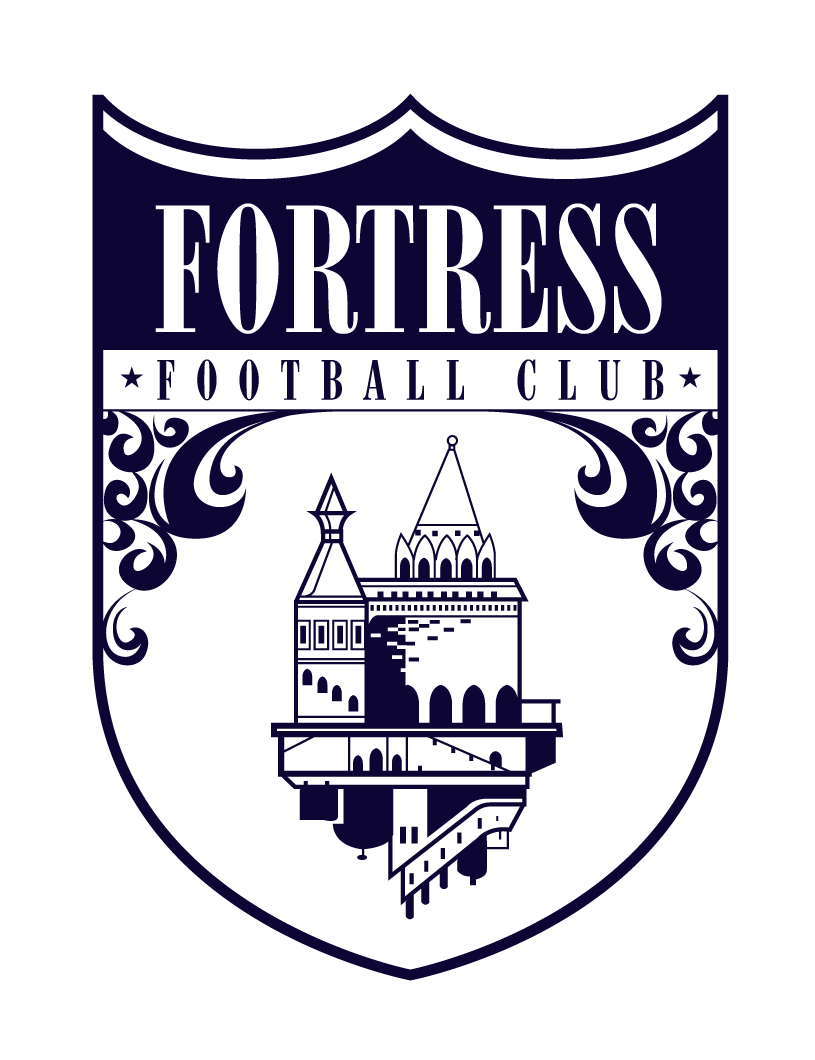Rotations - 2009 Boys
Our focus this week is on rotations.
It was easy for everyone to stay in positions they know last night and dominate the game. There was a time in the second half where Coach Henry pointed out we were losing 50/50 duels.
Against stronger teams, it won’t be enough to stay in a small amount of space according to what position we’re playing and expect there to be space and time to receive the ball.
Instead, we need to incorporate switching positions, and beyond that, rotations.
The left and right back positions (and the boys who play there) are competent in making overlapping runs. When they make the run and the ball is played to them, the winger often switches positions with them. This is good as we need to cover the gap that’s created in the left or right back’s absence.
There were times in the game last night where we could have utilized a different type of switching which involves three or more players. This would be a rotation.
First, a player needs to use A.B.S to recognize the gaps around him. Second, a movement into a gap to open a particular space up. Third, a recognition and communication from the players around him to move into the space created when the time is right.
It could look something like this:
There’s not much space around the ball. All eyes are on the ball as well.
Most of the space is within the yellow circle marked above. One way we can move the ball over to that side is by passing through our center backs to eventually get over there.
This is great. We switch the field to the right and our opponents shift over, hopefully slowly, to get a 1v1 situation with our 7.
But there is another way to get the ball over to the 7. A quicker way. It involves team coordination.
The 8, who is always scanning, recognizes the compressed space to his left and also sees the wide open space on his right, moves into the space on the right. His opponent, 10, may or may not follow him. Usually, his opponent will take an in between approach to his marking, meaning he will recognize the gap created and also recognize his need to mark our 8, like this:
This leaves a gap where our 8 and their 10 once were. There are a couple of options here to fill the gap. Different situations will mean different ideal scenarios. In this situation, this is what I’d like to see.
The 9 recognizes this scenario and make a run towards the flag. This will attract the attention of the opposing 4 and he will run with him rather than passing him off to the 5. The gap then gets bigger and this run should be recognized as a decoy by both our 11 and 9. The ball is not passed to 9:
Our 5 and 7 recognizes what is going on. 5 makes a run into the space that 8 has left.
5 receives the ball either through 11 or a combination pass with 10. Their 3 follows the run of our 7. If 7 is open, he’s in on the keeper. If not, 8 will be open on the outside and a 2v1 situation occurs with our 8 and 7 and their 3. Our 2 fills in the gap created by our 5 to ensure we are covered in case the ball is turned over:
There’s also a case for the ball to go to our 2 first, then the 8 depending on opposing 10’s reaction and capabilities.
All of this was created by 8 moving into a space he recognized which would benefit his team. His movement is the trigger for the run of the 9 and the rotation of the 5, 2, and 7.
This is massively confusing for the defense since all of this is done in the matter of seconds. Too many runs to keep track of, let alone coordinate defensively. This is the type of disorganization we’re looking to take advantage of.
Expect 1v1’s, rondos, and positional play games that emphasize rotations.







